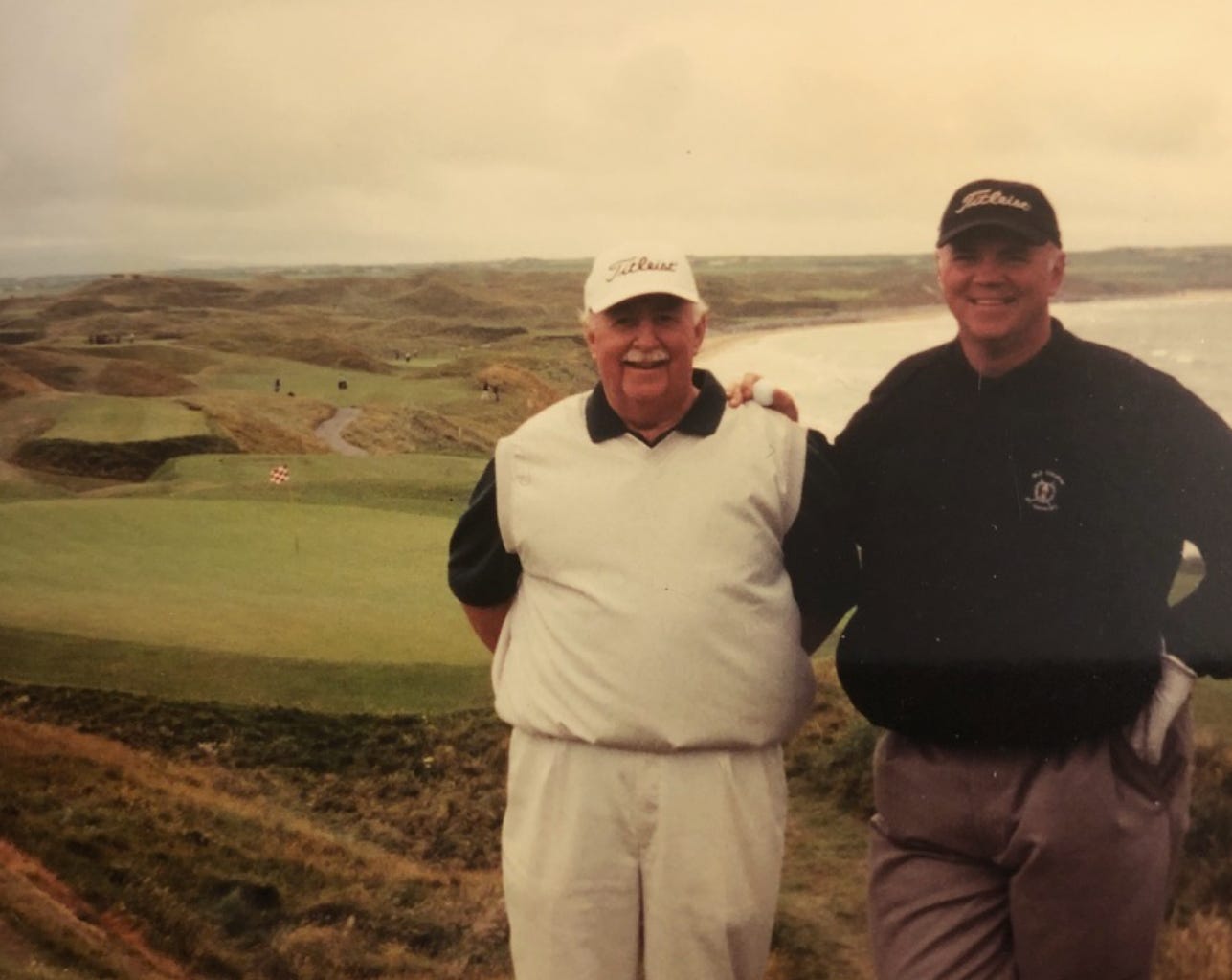For those who do not play the game, it can be quite difficult to understand a player’s obsession with golf. To the outsider the game looks ridiculously slow, takes half-a-day to play, and costs too much. The professional side of the sport with the likes of a young Tiger Woods many years ago brought newcomers to golf courses. But after buying expensive clubs and finding they couldn’t hit the ball more than a few yards at a time, for many newcomers the Tiger-inspired magic of the game quickly wore off.
It’s a hard game. Very hard.
But those who have attempted to play golf and then ceremoniously dismissed it have been going about it all wrong. It has been said many times that golf is not a game of perfect with very few of us ever playing like the men and women on television. In fact, to understand the true nature of the game, to enjoy it to its fullest and discover its beauty, one must give up the notion that you can ever master it.
Instead, most of us might do well to consider the game differently. Think of it as a spiritual endeavor.
The word “spiritual” should be taken in the broadest sense and include the game’s meditative nature and its focus on gratitude. It is essentially a nature walk, a contemplative stroll on good land, using your mind to find some level of grace and calmness. This is the ultimate essence of the game. Not the score. Not how far you hit the ball. Not whether you can beat your opponents. Those are matters for the professional golfer. For the rest of us, it should be a personal journey to find ourselves.
Is this too much to ask of a silly game? Not at all. Golf is often said to be a metaphor for life. How you handle the good and bad shots says something about how you navigate life’s ups and downs. Playing golf can help you discover the road away from the ego and toward a sense of thankfulness—thankful for the great outdoors, for a slow methodical walk, for the crisp air in a morning round. Golf reminds us how to be grateful.
In my novella Sandman: A Golf Tale, a talented young man questions why he plays the game, believes there must be more to it than the never-ending quest to tally your best score, hit your longest drive, beat your friends. It is not those who see the boy’s unique skills who help him find his true connection to golf. Instead, it is a homeless man who hangs out near the course, a man with a remarkable and secret connection to the game. It’s only when the boy begins to investigate the man’s life that he finds answers to questions about golf’s true meaning and about the mysteries of living a good life.
Playing golf can be frustrating, even maddening when you only think of it as pure sport, something to overpower or control. One can think of life that way, too. But when you see life and golf differently, your soul is soothed. We all work in our own ways to better our lives, but we must know what a better life means to us before we can get there. Golf is the same. Understand what you want from it, and it will offer it to you. However, if you are in heavy pursuit of the perfect round of golf—or the perfect life—you will never be satisfied. It’s not how you play, or what happens to you during a game of golf or in life, it’s instead how you react to it, how you deal with it, how you accept it, and how you move forward from the good and bad. Time after time, golf mirrors life. That’s why thinking of it as a spiritual endeavor rather than something to conquer can lead to joy. That’s what happens in Sandman. The characters search for the meaning of golf and of life, and the only way they can begin to discover the answers is when the two intersect.
If you play golf, the next time you’re out walking the course, think of it as a mystical encounter rather than a competition. And if you don’t play, maybe now you can understand why for so many, golf is not a game at all, but instead is a unique and meaningful way to consider your life. I’m certain my father was hoping I’d see the game’s relationship to mindfulness and the human spirit, but I’m also certain he didn’t truly understand what that meant at the time. There’s no question his heart was in it, trying his best to find a way to explain golf’s mysticism. And with The Open being played again at The Old Course, that magical mix of linksland, sea, wind, and a mystical awakening is revealed. Every time The Open is at St. Andrews, ghosts reappear. Many years ago, my father and I played The Old Course on a breezy, drizzly day. There were apparitions in the mist, spirits floating around us. The scores meant nothing. The walk meant everything.
Photo: My father and me, Scotland





David……an awesome article and a great photo! Many memories of your father. He was a great man.